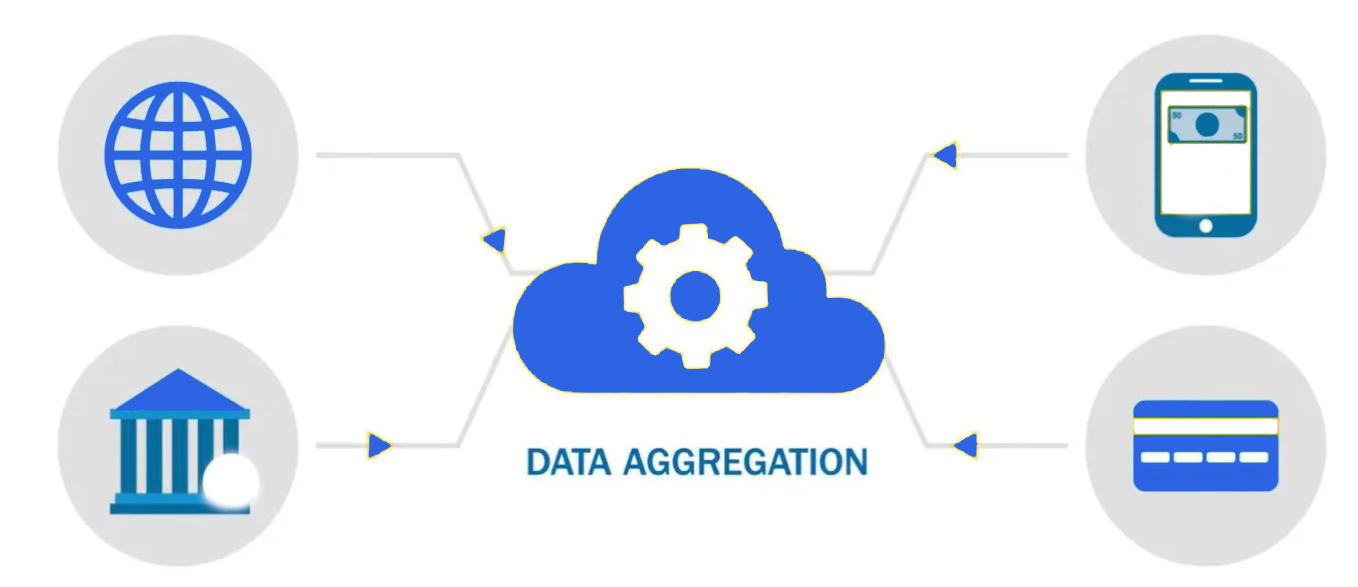Introduction of List Crawler
In the era of big data, the ability to collect and analyze vast amounts of information quickly and efficiently is a game-changer. Many industries depend heavily on data collected from the internet, where structured information is frequently presented in lists—whether it’s product inventories, service directories, job postings, or event schedules. Extracting this data manually is not scalable, which has led to the rise of automated tools known as lists crawlers.
This article explores the significance of lists crawlers in contemporary data aggregation, their impact across industries, and how they help transform raw web data into valuable insights.
Understanding Data Aggregation and the Importance of Lists Crawlers
Data aggregation involves gathering data from multiple sources, compiling it, and presenting it in a unified format for analysis or display. The web, being a rich and diverse data source, poses unique challenges because data often resides in heterogeneous formats scattered across numerous pages.
Lists crawlers play a critical role by automating the extraction of repeated, structured data from web pages—specifically targeting list-like formats. By focusing on these lists, crawlers efficiently gather vast quantities of relevant data that form the backbone of aggregation systems.
How Lists Crawlers Enhance Data Aggregation
Efficient Data Harvesting
Lists crawlers specialize in locating and extracting multiple similar data entries on a single page, dramatically accelerating data collection.
Consistency and Structure
By extracting data in a structured manner, lists crawlers ensure that aggregated data can be easily normalized, cleaned, and integrated.
Scalability Across Sources
Lists crawlers can be deployed across numerous websites and pages, enabling comprehensive data coverage.
Enabling Real-Time Updates
Automated crawling allows data aggregation platforms to refresh their datasets frequently, keeping information current.
Industries Transformed by Lists Crawlers
E-commerce and Retail
Price comparison websites and inventory trackers rely heavily on lists crawlers to monitor product availability and pricing trends across multiple vendors.
Recruitment and Staffing
Aggregators collect job listings from a variety of boards and company websites to offer job seekers a consolidated platform.
Real Estate
Property listing aggregators gather details such as prices, locations, and features from many real estate portals.
Travel and Hospitality
Sites aggregate listings for hotels, flights, car rentals, and experiences by crawling numerous providers.
News and Media
News aggregators collect headlines and summaries from multiple sources to provide comprehensive coverage.
Market Research
Businesses collect competitor data, product reviews, and customer feedback from multiple listing pages for strategic insights.

Key Components of an Effective Lists Crawler for Data Aggregation
Intelligent List Detection
Automatically identifying the repeating elements on a webpage that represent individual data entries is crucial. This can involve analyzing HTML tags, class names, and page structure.
Flexible Field Extraction
Lists crawlers must adapt to different page layouts and extract various data fields such as names, dates, prices, and URLs.
Robust Pagination Handling
Data often spans multiple pages. An effective crawler navigates through all pages without missing data.
Dynamic Content Processing
With many websites loading content dynamically via JavaScript, crawlers must be capable of rendering pages or intercepting API calls.
Data Normalization and Validation
Aggregated data must be standardized to a common format and checked for accuracy to be useful.
Challenges in Using Lists Crawlers for Aggregation
Website Changes and Maintenance
Websites regularly update their designs and structures, requiring ongoing crawler updates.
Legal and Ethical Considerations
Respecting website policies and data privacy regulations is essential to avoid legal issues.
Anti-Scraping Technologies
CAPTCHAs, IP blocking, and other defenses can hinder data collection efforts.
Data Quality Issues
Aggregated data can be inconsistent or incomplete, necessitating rigorous cleaning and validation.
Best Practices for Deploying Lists Crawlers in Data Aggregation
- Start with Comprehensive Site Analysis: Understand target site structures thoroughly to design effective extraction rules.
- Automate Adaptation: Use machine learning or heuristic methods to adapt to small changes automatically.
- Implement Polite Crawling: Use rate limiting and respect robots.txt to avoid server overload.
- Rotate Proxies and User Agents: Reduce detection risk to maintain access over time.
- Centralize Data Processing: Normalize, deduplicate, and validate data centrally to ensure high-quality aggregation.
- Schedule Regular Crawls: Keep data fresh with automated, periodic crawling routines.
- Log and Monitor: Track crawler performance and errors for rapid troubleshooting.
Example Scenario: Building a Job Listings Aggregator with Lists Crawlers
- Identify Sources: Job boards and company career pages.
- Develop Crawlers: Each tailored to detect job listings as repeated elements and extract key data (title, location, salary, description).
- Handle Pagination: Automatically follow “Next” buttons or load more jobs.
- Normalize Data: Convert location formats, standardize job titles, and unify salary ranges.
- Store and Display: Save the aggregated data in a searchable database powering a job search platform.
Frequently Asked Questions (FAQs)
Q1: How do lists crawlers differ from general web scrapers?
Lists crawlers focus specifically on pages with repeated structured elements (lists), extracting multiple entries per page efficiently.
Q2: Can lists crawlers work with all websites?
They work best on sites with clear, consistent list structures. Sites using complex JavaScript or anti-scraping may require advanced techniques.
Q3: How often should data aggregation crawlers run?
Frequency depends on how often data changes and business needs—from hourly to weekly updates.
Q4: What legal precautions should be taken?
Always review website terms and comply with data privacy laws such as GDPR or CCPA.
Q5: Are there alternatives to web crawling for data aggregation?
Some sites offer APIs which provide cleaner and more reliable data access.
Q6: How can I ensure data quality in aggregation?
Implement cleaning, validation, deduplication, and error handling processes.
Q7: What tools are recommended for building lists crawlers?
Popular choices include Scrapy, BeautifulSoup, Selenium, Puppeteer, and no-code platforms like Octoparse.
Conclusion
Lists crawlers are essential enablers of modern data aggregation, transforming raw web data into structured, actionable intelligence. Their ability to efficiently extract large volumes of similar data items makes them invaluable for industries seeking to harness web data at scale.
By understanding the capabilities, challenges, and best practices around lists crawlers, businesses and developers can build robust aggregation systems that support smarter decision-making and competitive advantage.
If you want to explore how to implement lists crawlers for your specific data aggregation needs or need advice on tools and techniques, just let me know!
Fore More Info: globalfxhub
